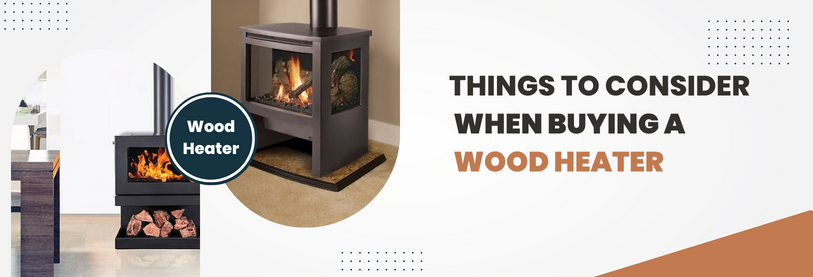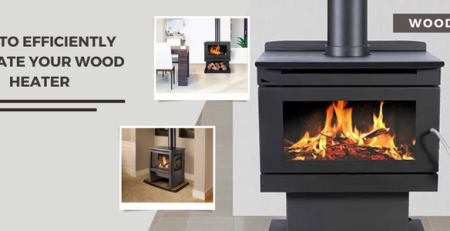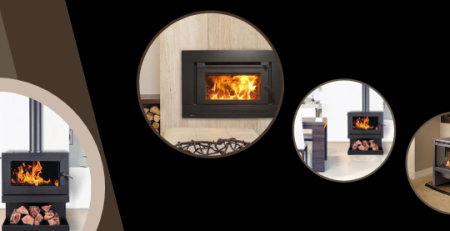
1
Sep
Do You Want To Buy A Wood Heater? Things You Must Know!
If you’re thinking of buying a wood heater, then here are some vital things you must know:
1. Do You Have A Single Or Double Story House?
Remember that hot air always rises. Thus, install your wood heater on the bottom to ensure the heated air moves around your home. To install your heater in a double-story home, you must find an appropriate location and know what is above. Furthermore, wall penetration kits and Maxiheat floor penetration kits are available on the market, making your heater installation easier and safer.
2. What Area Size Are You Looking At To Heat?
The total area you want to heat will help ascertain whether a radiant or convection heater best suits your needs. And it will also aid in finding out the correct heater size. If a heater is too small for the area, it won’t heat the space properly. Similarly, if the heater is too big for the room, it will overheat.
3. What Type Of Flooring Does Your House Currently Have?
Depending on the flooring, your heating requirements will change. For instance, tiled floors, cement floors and floor boards will absorb heat, requiring a larger heater. On the other hand, a carpet can help keep the heat. Furthermore, if the flooring is combustible, such as carpet or floorboard, then the flooring needs to be protected by a floor protector (i.e. hearth).
4. How Much Is The Ceiling Height?
Radiant or Convection Heater: The most suitable type of heater can be ascertained depending on whether they are standard or cathedral ceiling heights.
Convection-styled wood heaters are installed with fans, giving you added control of the quantity of heated air that gets circulated.
5. Where Exactly Will The Heater Be Installed In Your Home?
Wood heaters can be built into a wall (brick fireplace with chimney) or installed parallel to a wall in a corner, which is the common trend. Understanding where you want to install the heater will help you determine which hearth or flue kit you may require.

Related Blogs
Vital Tips To Efficiently Operate Your Wood Heater & Save Money
Before winter, dust off to clean your wood heater and prepare your wood stacks. Getting your...
6 Easy Ways to Boost Your Wood Heater Effectiveness
Wood fireplaces provide your home with a stable, warm and relaxed feel, and it assists you...
How to Select the Perfect Wood Heater for Your Home?
Winter is the best season to get cosy with your dear ones inside your home. Wood...
























